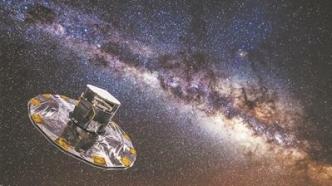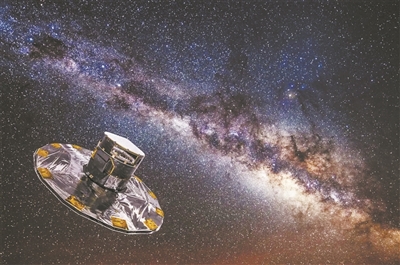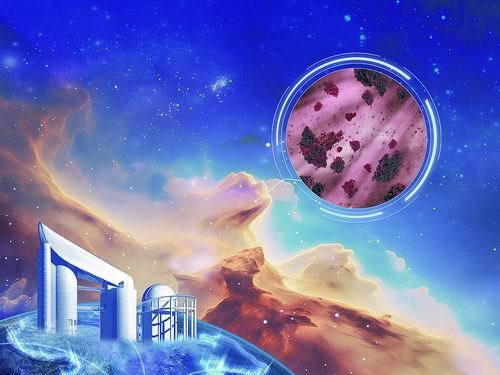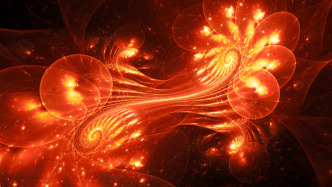

The Gaia space telescope has created an astronomical map of the Milky Way's 1.8 billion stars. Picture: NASA official website
An international team of astronomers led by scientists from the Paris Observatory in France used data provided by the Gaia space telescope to estimate that the mass of the Milky Way is about 200 billion times the mass of the sun, which is only 1/5 to 1/4 of past estimates. The study appears to suggest that the Milky Way is losing some dark matter, an invisible substance that makes up about 85 percent of the universe's total mass. The new research is published in the latest issue of the journal Astronomy & Astrophysics.
The Gaia space telescope has mapped astronomical maps of the Milky Way's 1.8 billion stars. Based on this, researchers estimate that the total mass of the Milky Way is only 200 billion times that of the sun, while previous estimates were about 890 billion to 1 trillion times the mass of the sun.
Study author Dr. François Hamer of the Paris Observatory explained that they calculated the mass of the Milky Way by observing its rotation curve. Essentially, the Milky Way is a spiral galaxy composed of 100 billion to 400 billion stars, which scientists believe are surrounded by a halo of dark matter. Although the 1.8 billion stars mapped by Gaia are only a small fraction of the total number of stars in the Milky Way, they are enough for researchers to calculate its accurate rotation curve.
The Milky Way's rotation curve differs from other large spiral galaxies in that it is not flat. Moreover, after the 1970s, scientists proposed a theory that large spiral galaxies must be surrounded by dark matter halos. New research shows that the Milky Way's rotation curve begins to dip rapidly at the outer reaches of the galaxy's disk, with stars orbiting more slowly than expected, suggesting that some gravitational pull from dark matter is "absent."
The researchers say the Milky Way's rotation curve "may be attributable to the Milky Way's unusually quiet history": its last major merger occurred about 9 billion years ago, while mergers of other spiral galaxies occurred about 6 billion years ago. Additionally, the discovery could have profound implications for understanding the Milky Way's 13-billion-year history, as it could indicate that the Milky Way has had fewer collisions with other galaxies than its cousins.


